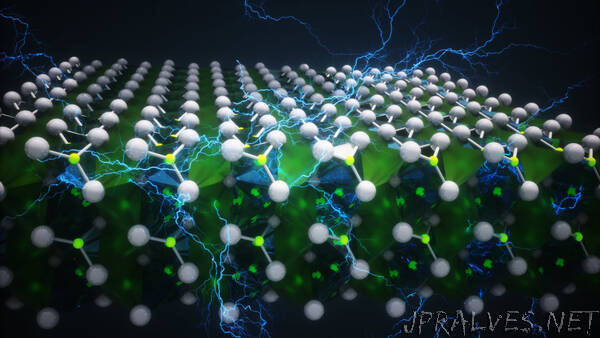
“A team of researchers have managed to grow ultra-thin material on silicon that can power small electronic devices
As electronic devices become progressively smaller, the technology that powers them needs to get smaller and thinner.
One of the key challenges scientists face in developing this technology is finding materials that can perform well at an ultrathin size. But now, Berkeley researchers think they may have the answer.
Led by Sayeef Salahuddin, professor of electrical engineering and computer sciences, and graduate student Suraj Cheema, a team of researchers has managed to grow onto silicon an ultrathin material that demonstrates a unique electrical property called ferroelectricity. The duo’s findings were published in the April 22 issue of Nature.
Ferroelectricity refers to a class of materials that can not only achieve spontaneous electric polarization, but also reverse its direction when exposed to an external electric field, which is promising for electronics.
The team’s breakthrough demonstrates ferroelectric effects on a material just 1 nanometer thick, equivalent to the size of just two atomic building blocks. As a result, the material can efficiently power the smallest of devices with lower amounts of energy.
“We are making computing devices that are getting smaller, smaller and smaller,” Salahuddin said. “You don’t want to use thick materials, because you don’t have the space. With our ferroelectric material, you don’t really need to worry about space.”
Previously, researchers had successfully stabilized ferroelectricity in thinner and thinner materials. But below around 3 nanometers, “ferroelectricity diminishes in conventional ferroelectric materials,” Cheema said.
Until now. The Berkeley team grew doped hafnium oxide, one nanometer thick, onto silicon. Not only did the ultrathin material demonstrate ferroelectricity, but the effect was actually stronger than the material several nanometers thicker — a “fundamental breakthrough” in the field of ferroelectricity, Salahuddin said.
The finding could lead to the creation of more advanced batteries and sensors. But the work holds particular promise for memory and logic chips in computers.
Recall that ferroelectric materials exhibit an electric polarization which can reversibly flip its direction when exposed to an outside electric field.
When storing information on a chip, binary bits are represented as a 0 or 1. Polarization would, say, reveal the 0 in a negatively charged field, but then the reversed polarization would reveal the 1 in the positively charged field. Thus the same cell can hold both the 0 and 1 and can be scaled down to dimensions below what was believed to be possible before.
“We can grow ferroelectric materials that can be used in the manufacturing of computer chips today,” Salahuddin said.
In addition to the UC Berkeley researchers, scientists from the Advanced Light Source and Molecular Foundry at Lawrence Berkeley National Laboratory, the Advanced Photon Source at Argonne National Laboratory, the Stanford Synchrotron Radiation Lightsource at SLAC National Accelerator Laboratory and Asylum Research all contributed to the paper.”
